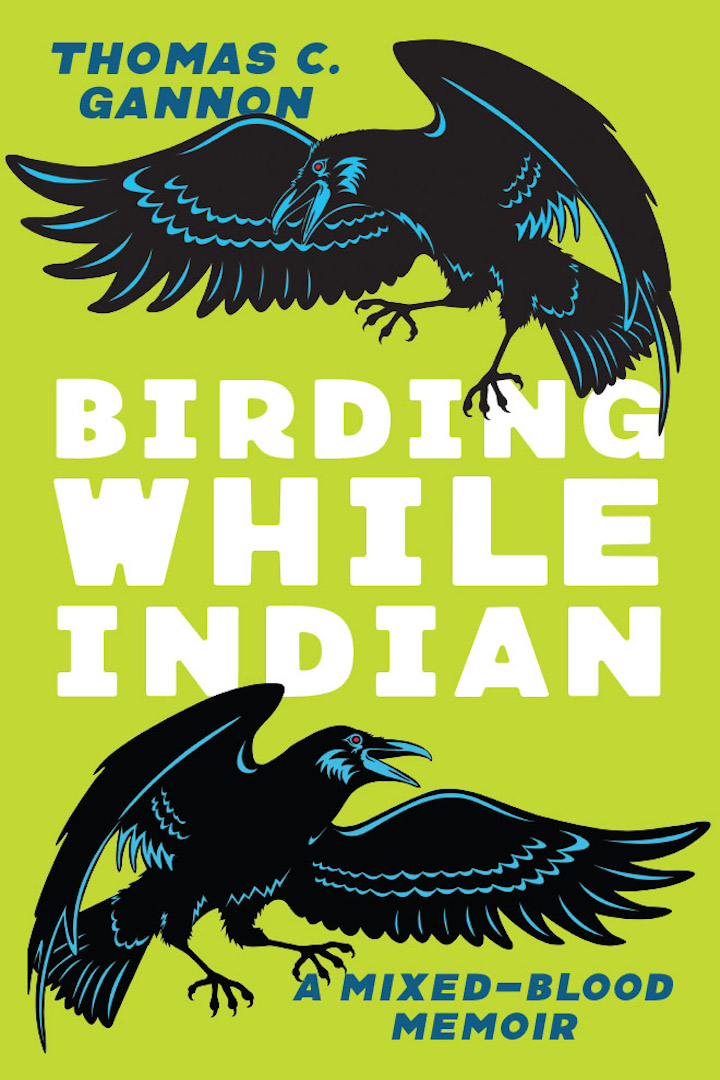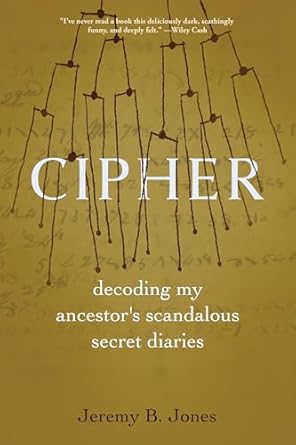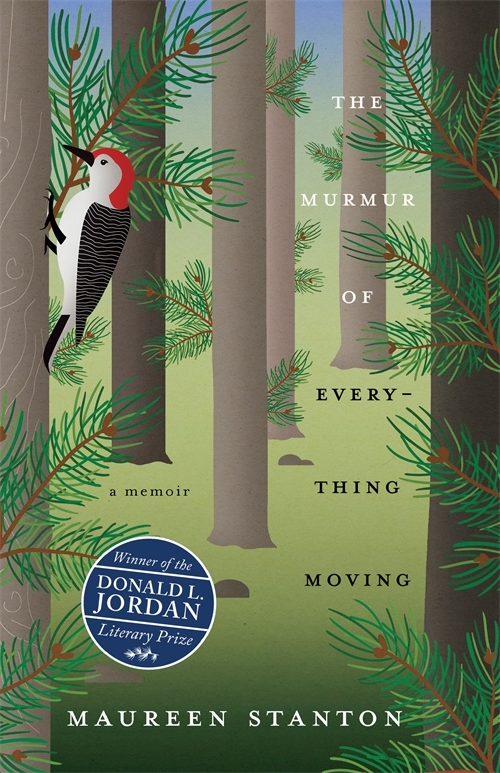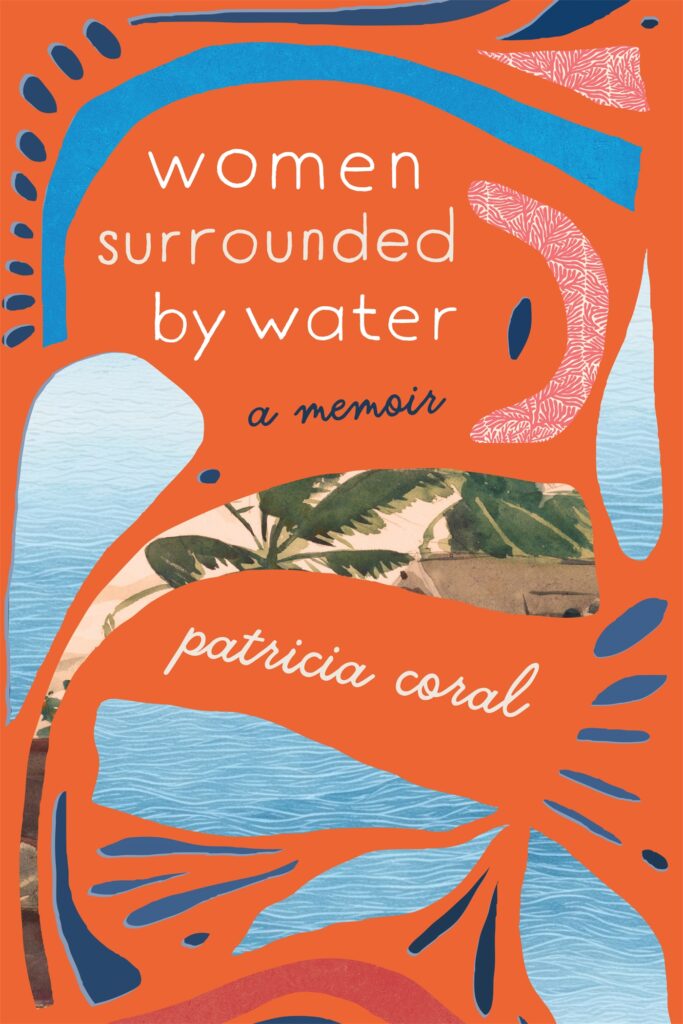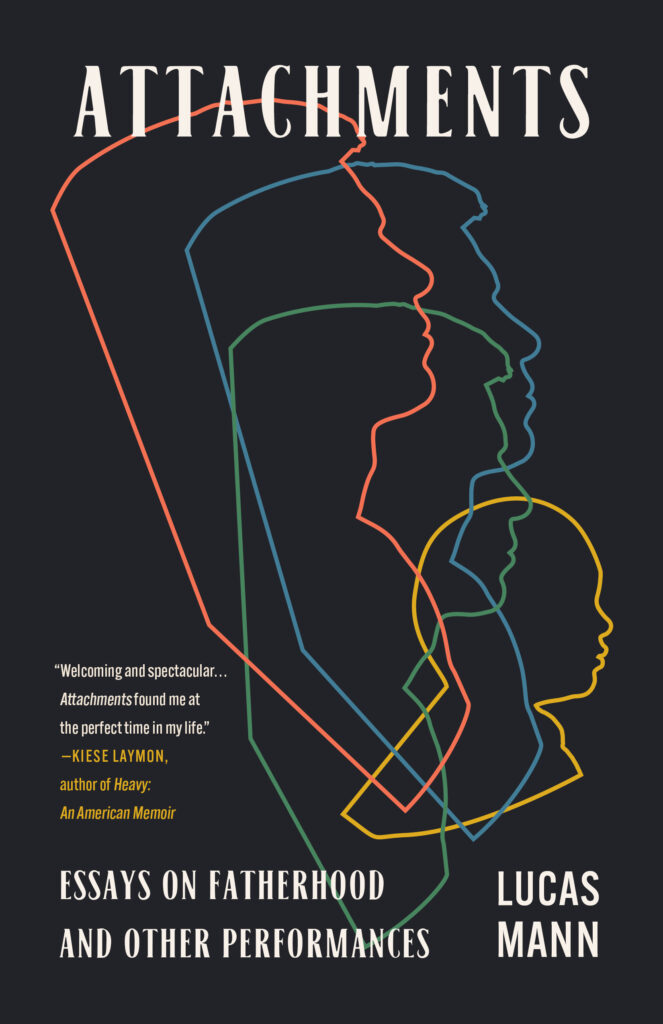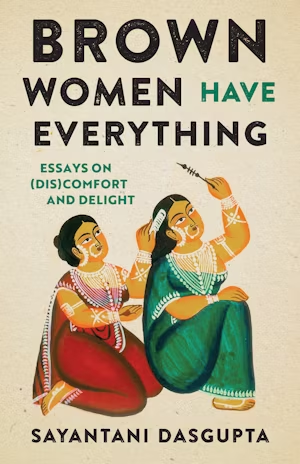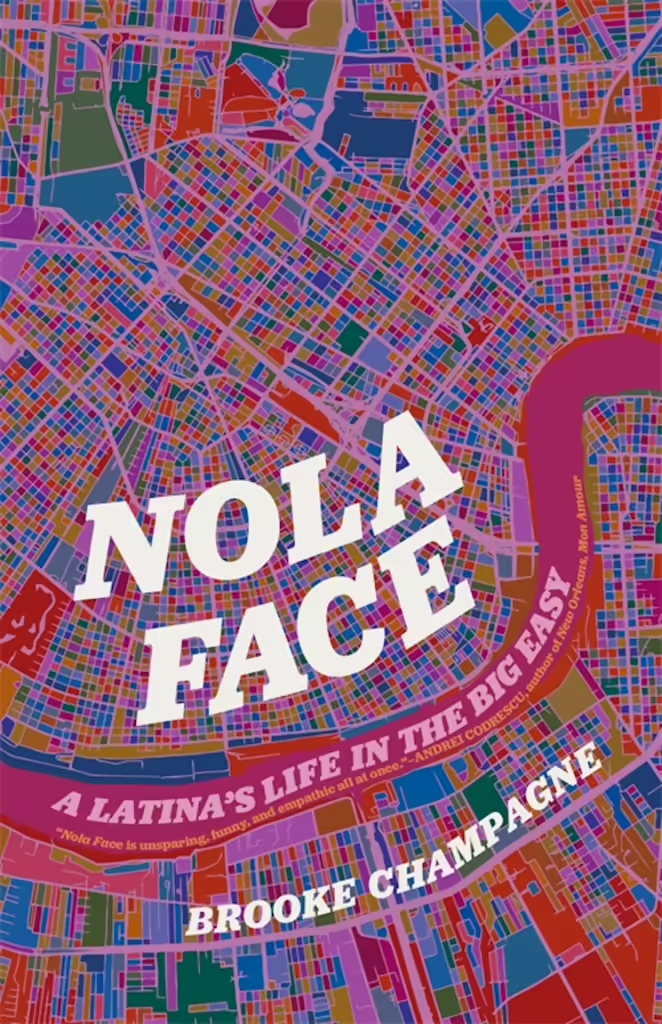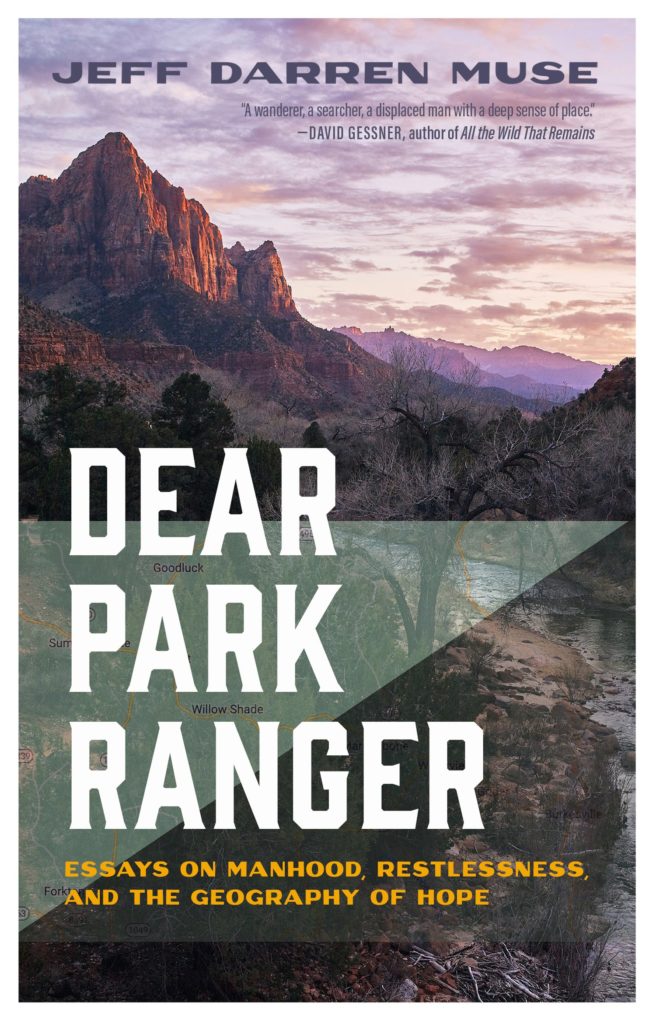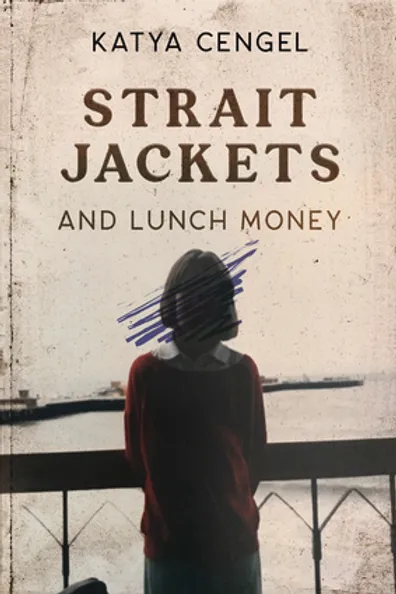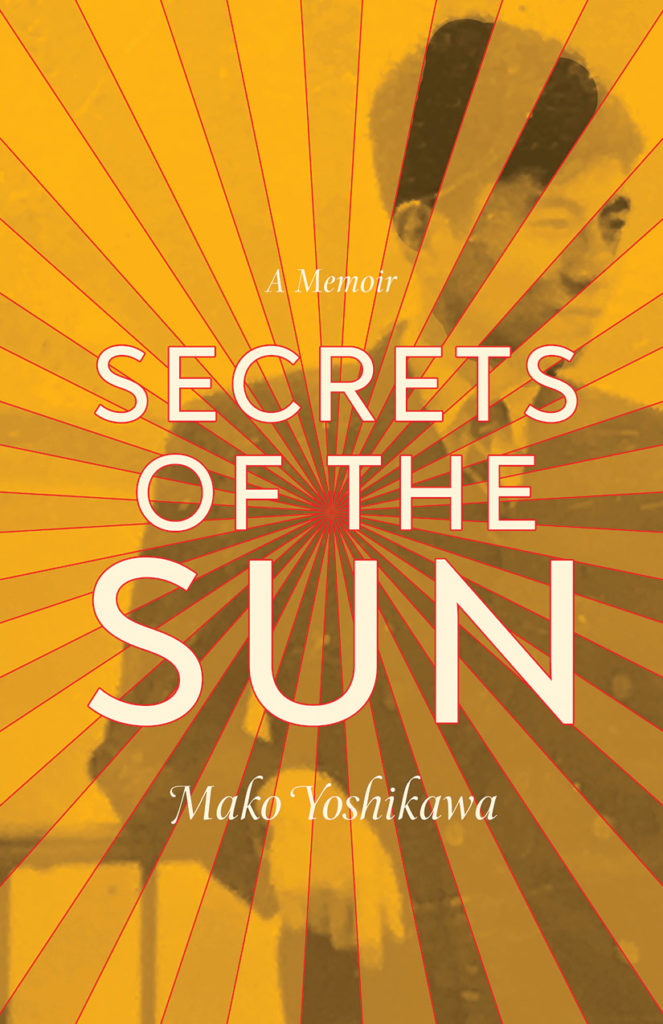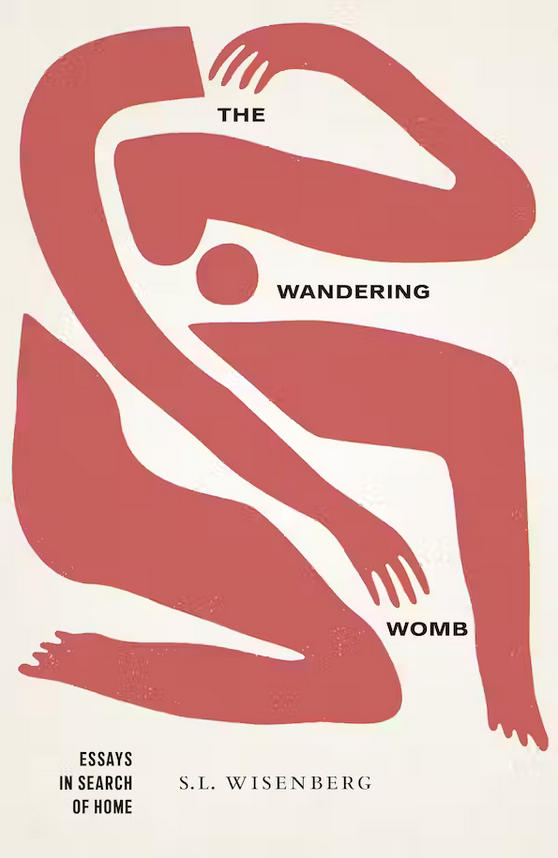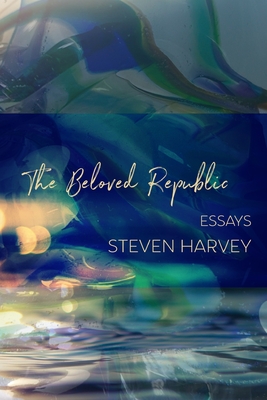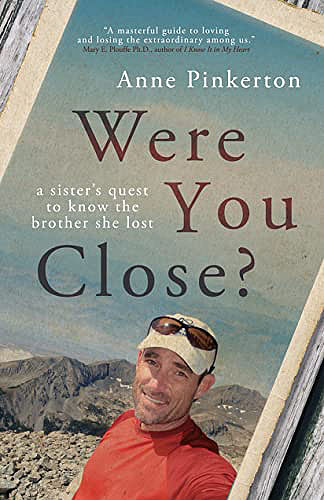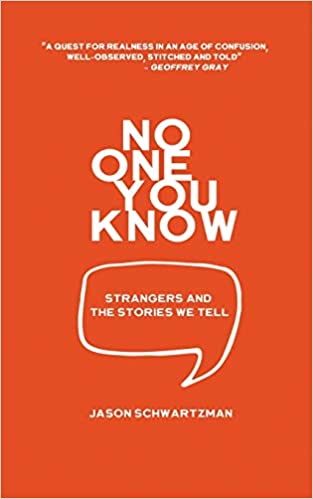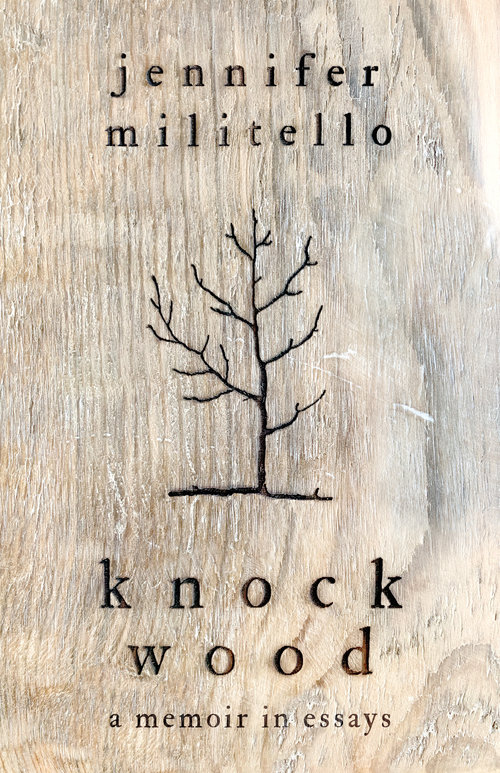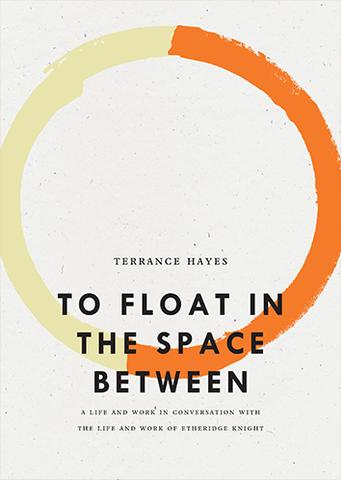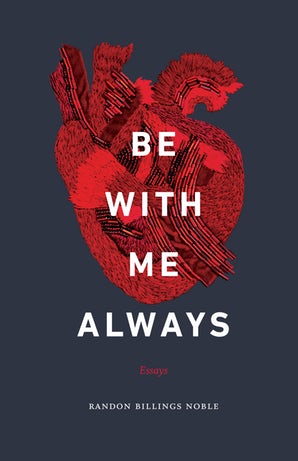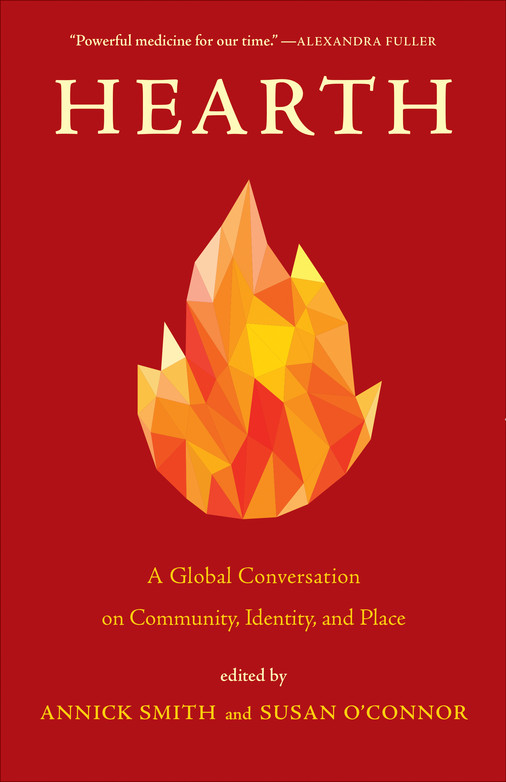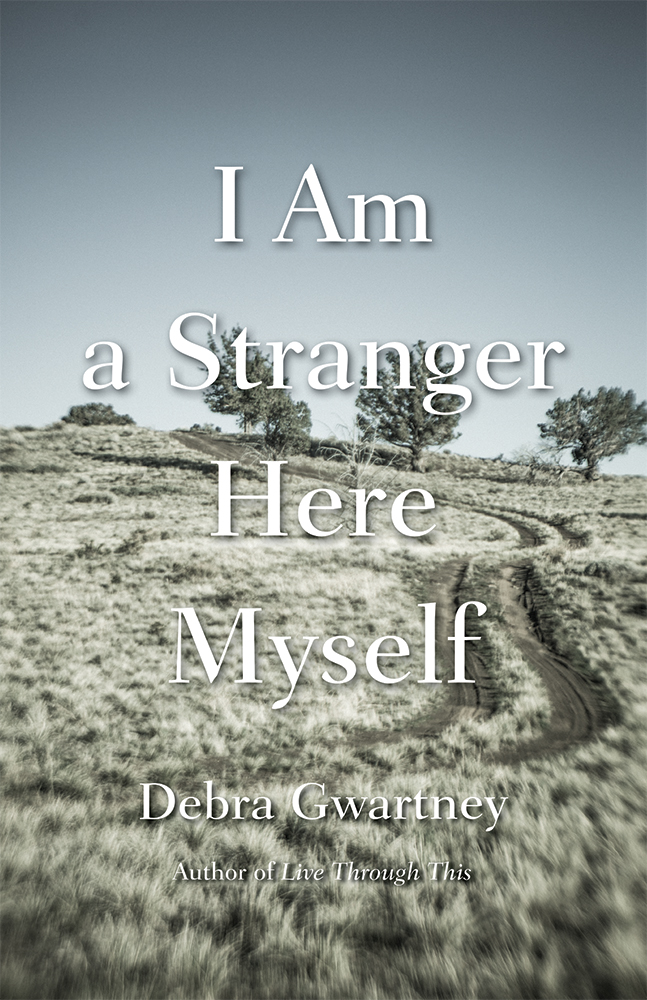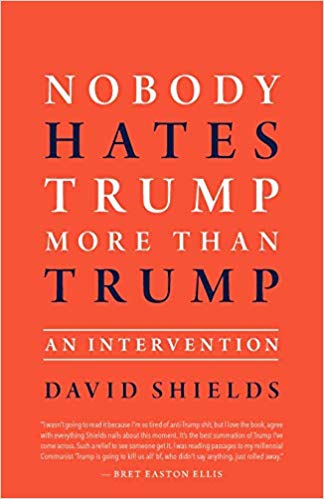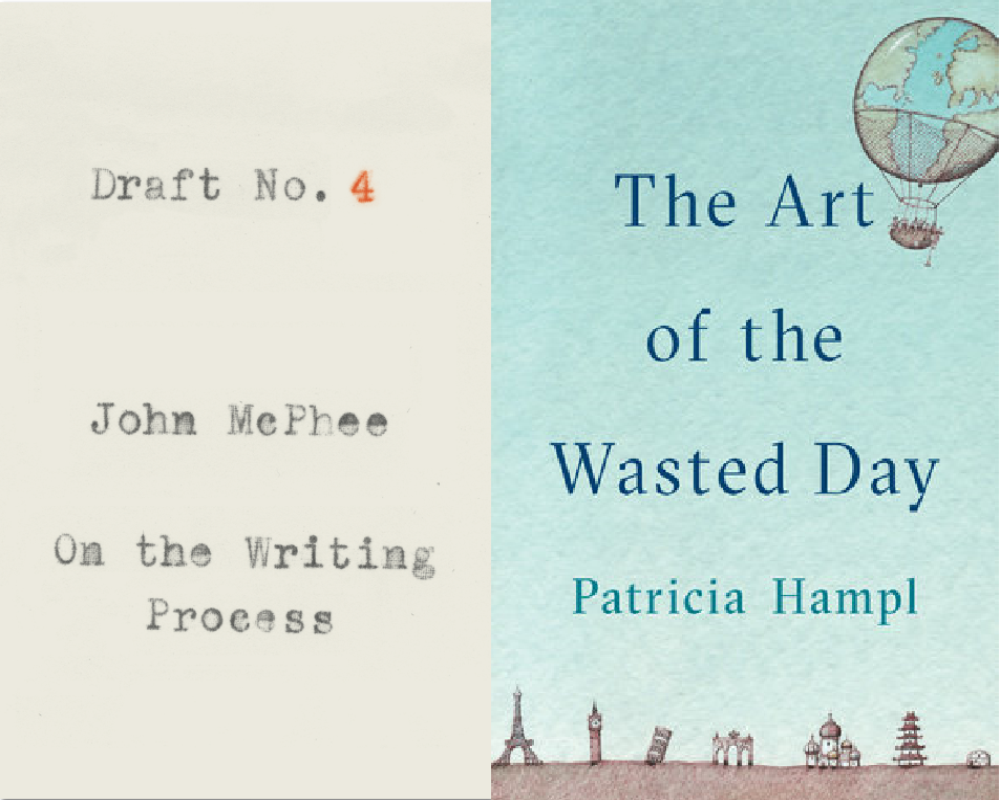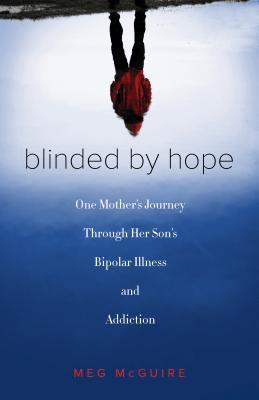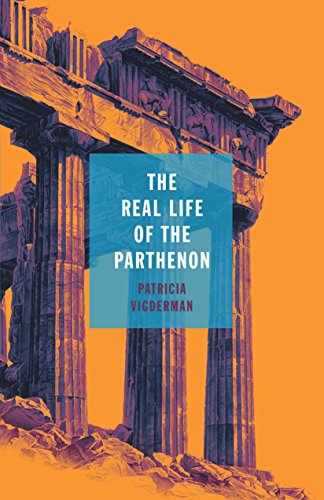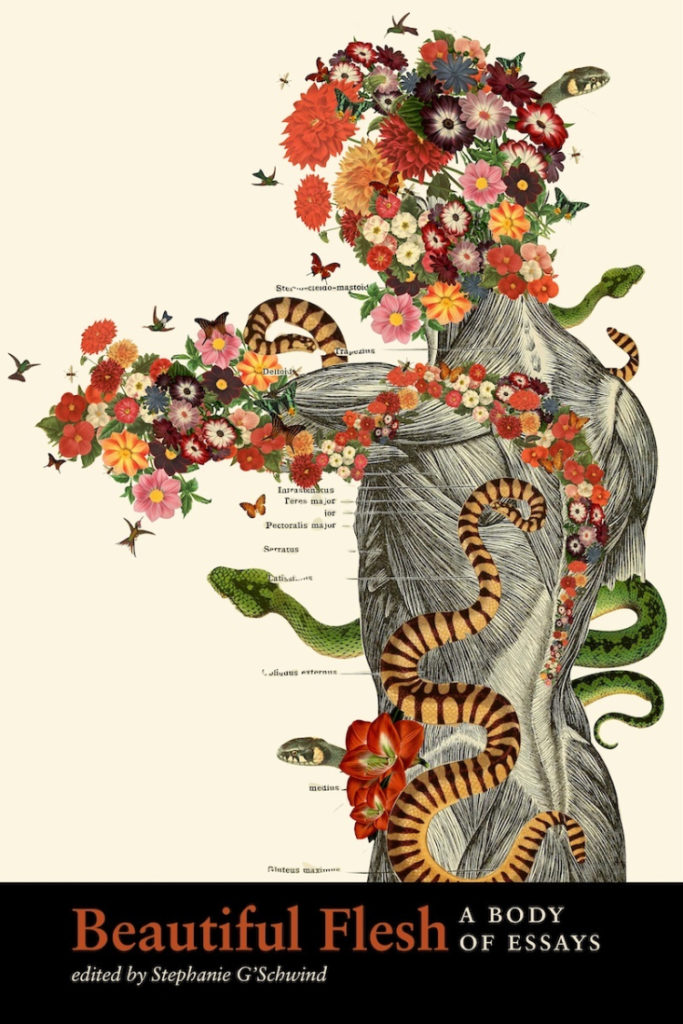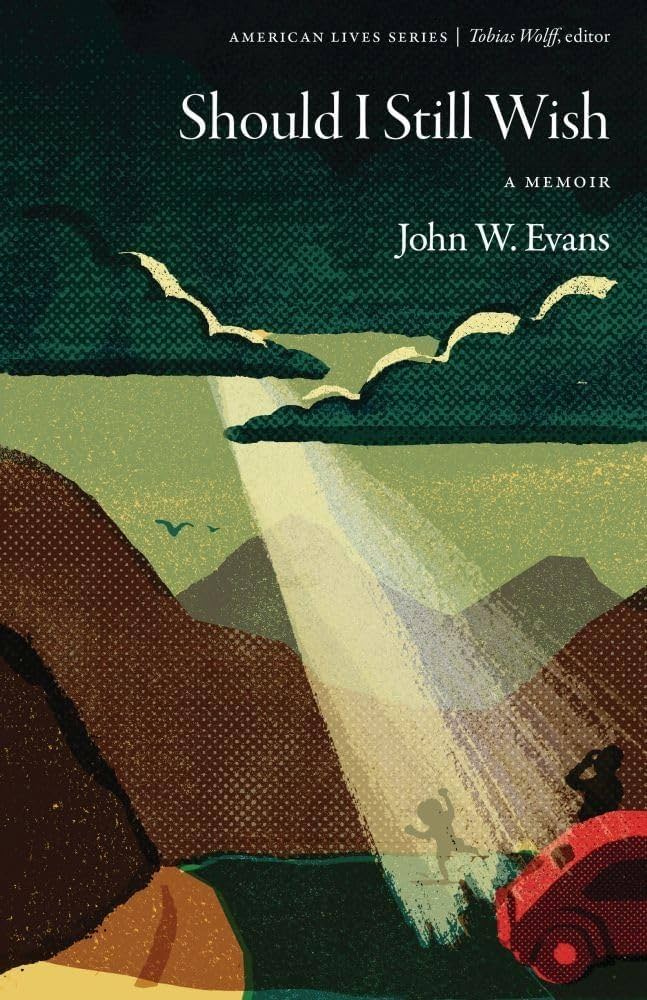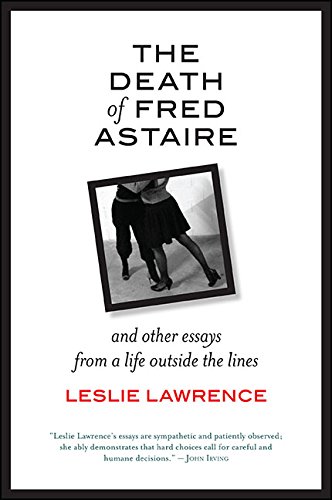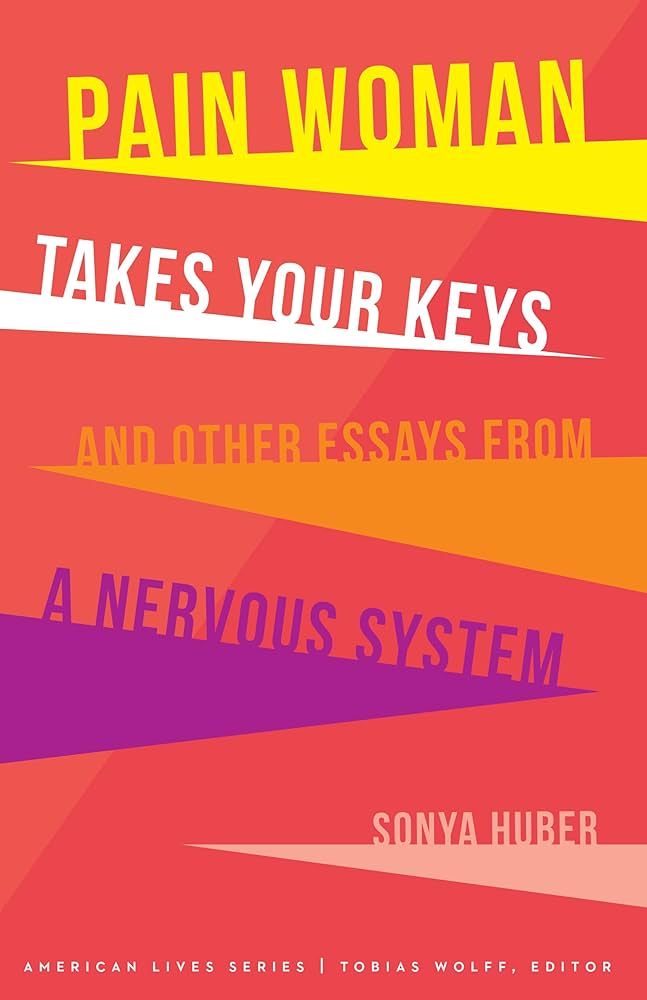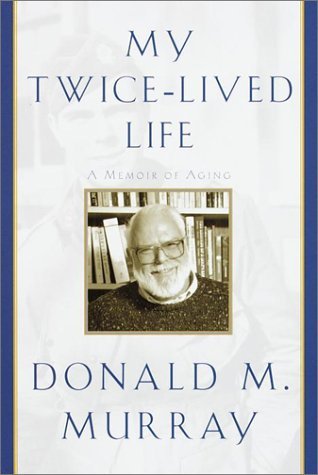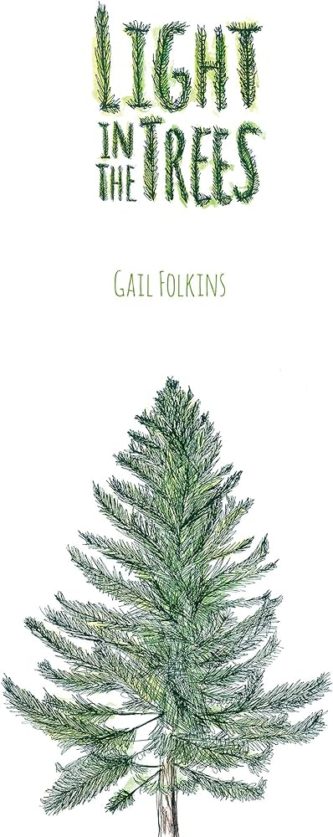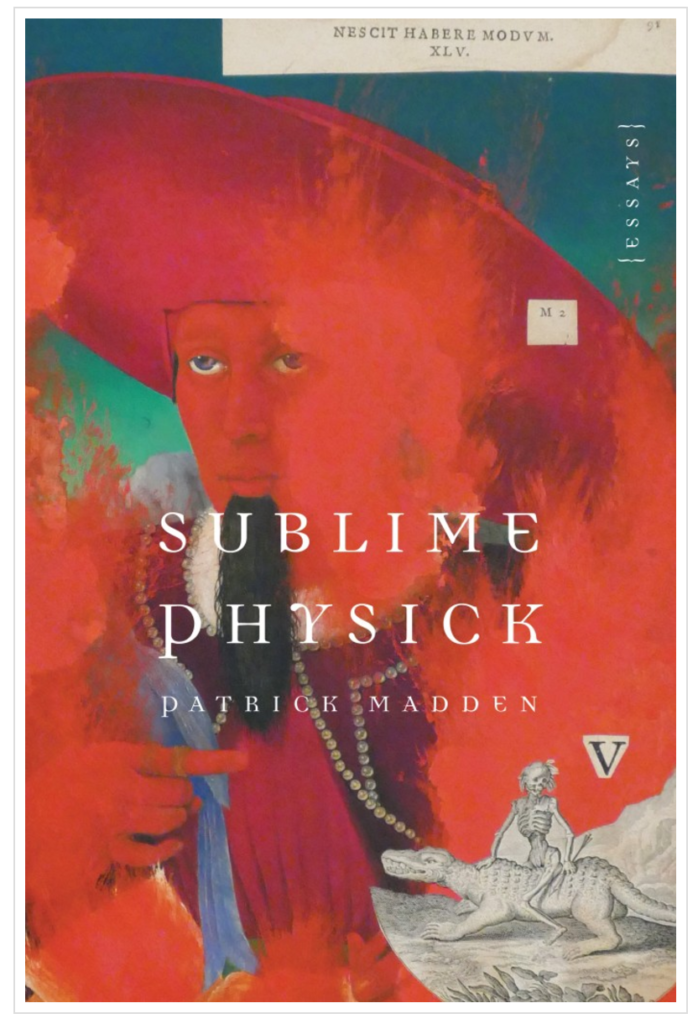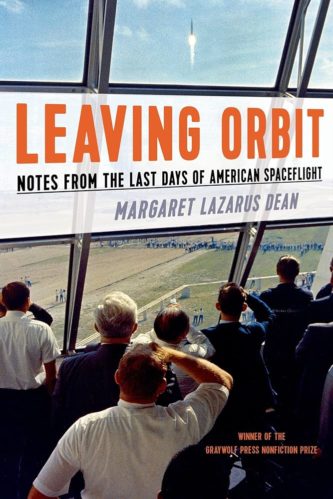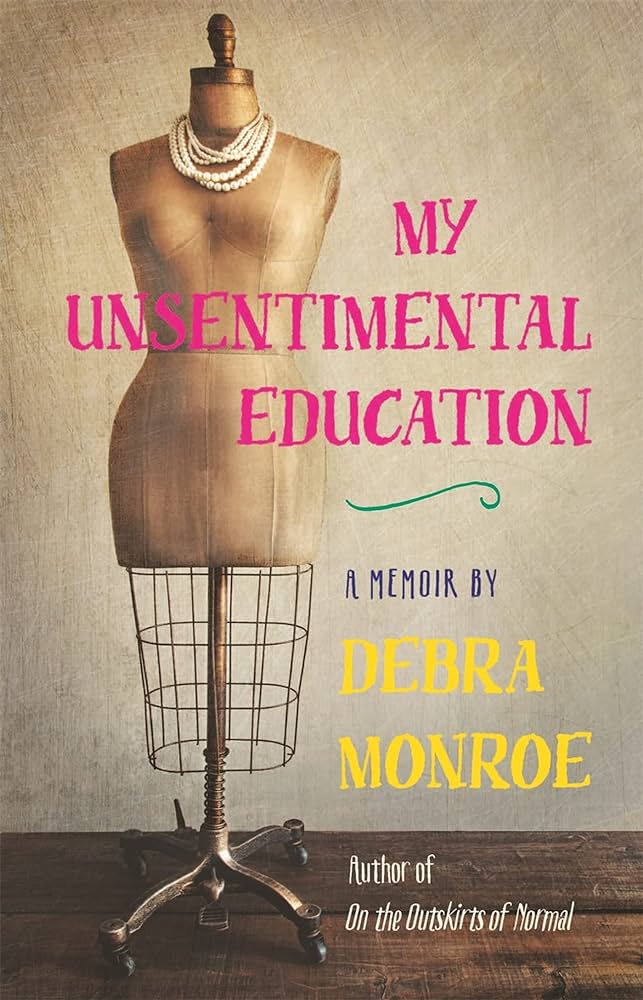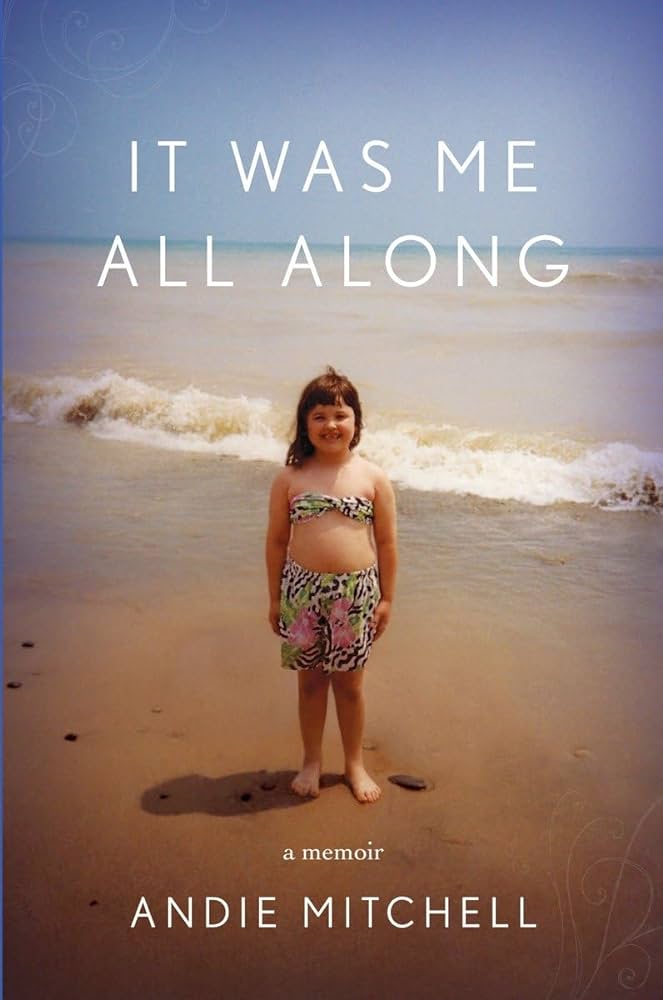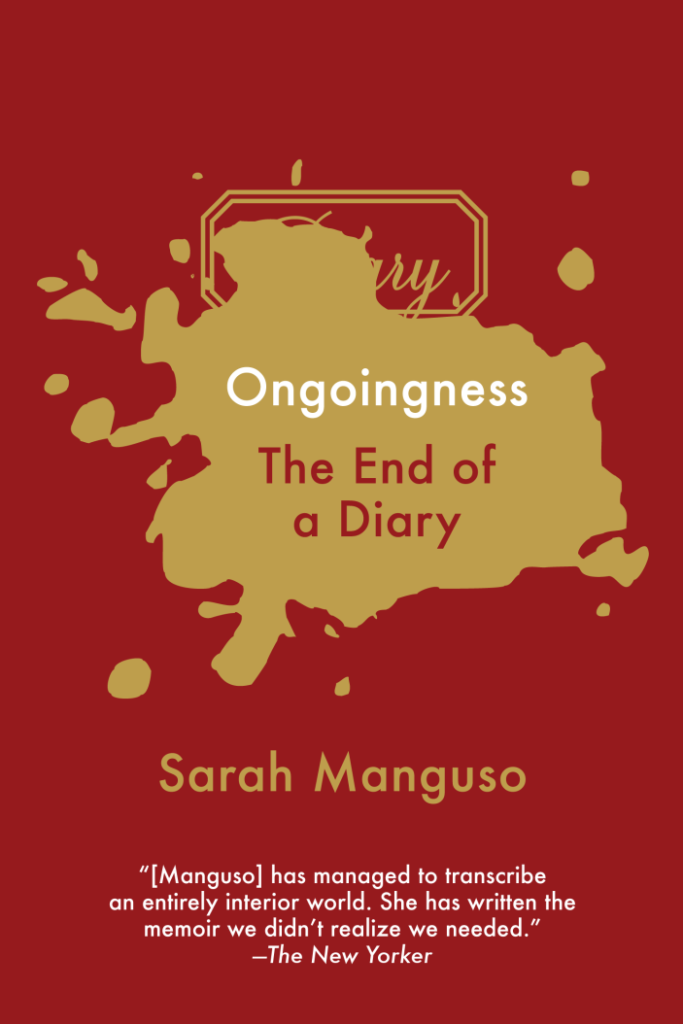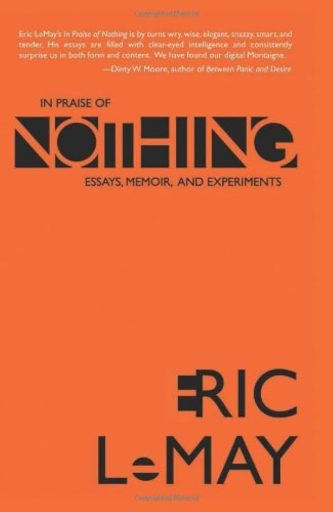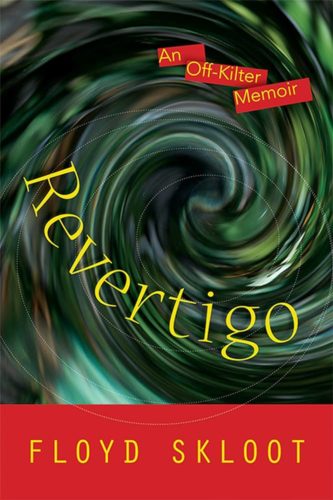By Glen Retief
Birding While Indian by Thomas Gannon
Part bird book, part Native Great Plains history, part meditation on the author’s mixed Irish American and Lakota background, and part exploration of how cultures conceive the relationship between humans and other sentient beings, Birding While Indian provides a thoughtful contribution to Native American and environmental studies. It deserves to be widely read, particularly as we battle the twin global crises of structural racism and environmental collapse.
The book is organized as the kind of chronological list that will be familiar to any serious birder, with chapter-essays headed by month, year, place, and species. In a preface, though, the author warns readers that despite this form, not all the essays will be about birds: “[I]t may turn out that this book is as much about birds and birding as Zen and the Art of Motorcycle Maintenance is about motorcycles.” He adds, “As a crossblood person, I feel inordinately pulled towards such a cross-genre form.”
Indeed, particularly in the early chapters, the bird encounters can seem somewhat marginal. For example, “June 1970, a Fort Pierre Slough: Wood Duck” is barely about a duck, but rather focuses on an uncle’s alcoholism—a moving meditation on a trope familiar from many memoirs and novels, including, of course, Irish and Native American ones.
Other essays skillfully blend the book’s political and environmental concerns, mostly by developing striking ornithological metaphors for colonialism (settler colonists are an invasive species, like starlings), racial and cultural hybridity (mixed bloods are both water and forest birds), and spirituality (raptors bridge earth and heaven).
Yet more essays, especially those from the middle of the collection, are pure birding notes. Meanwhile, the last half dozen essays return to autobiography, most notably the death of the author’s mother, and a final coda offers a critique of American birding culture as an overwhelming white subculture.
One key early moment prefigures the book’s core narrative and philosophical preoccupations. As a young boy, Gannon attends a Jesuit elementary boarding school for Native Americans, called Holy Rosary. In “January 1968, Rapid Creek: Common Golden Eye,” Gannon and his mother are here participating in a depressingly familiar ritual of the Native child who gets sent away to frequently abusive boarding schools, there to be assimilated into white culture.
Granted, at this particular school, there may not be, as has been discovered elsewhere in Canada, corpses of children buried who died from disease or mistreatment and whose families were simply never told what happened to their kids. Nuns may not literally pour hot water on their students, like Erdrich’s Sister Marie.
Nevertheless, Holy Rosary is a bastion of what Gannon calls “Christo-Custer colonialism,” church and ideology on a mission of “social genocide and deicide.” All the students attend daily mass, where they are threatened with future hellfire. Gannon gets taught white history, in which anti-Indian massacres are “battles” and settler-colonists are the heroes. When the author swears, a nun feeds him a bar of soap.
Amid all this, Gannon sees “. . . a common Goldeneye, swimming on the still open, snow-banked creek.” He thinks, “What a lone, brave sonofabitch,” which also seems a fair summary of his own position at this point in his story. Later, reflecting on the goldeneye’s significance, Gannon quotes a passage from Darcy McNickle’s novel, The Surrounded, where a Native boarding school student is forced by a Jesuit to kneel in front of a cross-shaped cloud. Then Archilde, the student, sees a bird fly past: “[W]hat seized Archilde’s imagination was the bird’s unconcernedness. . . . He felt himself fly with the bird.”
The relationship between humans and birds proposed here is paradoxical. On the one hand it is the radical otherness of avians that allows both Gannon, and the fictional Archilde, relief from Christian-colonialist indoctrination: birds have neither theology nor ideology. On the other hand, Gannon and Archilde also attribute a quality of freedom to birds, which in turn seems to inspire an all-too-human longing for liberation.
The intellectual tension proves sustaining. For example, in the essay, “April 2003, U of Iowa English-Philosophy Building: Northern Cardinal,” Gannon summarizes a portion of his doctoral dissertation on Native American literature. In this work, as he comments on tales of the ancestral Lakota chief Black Elk listening to talking kingbirds, Gannon calls for “cross-species semiotic communication based upon listening to birds’ sounds.”
Next, he shares an anecdote. Gannon, standing outside the building where he must defend his dissertation, “[a] cardinal began singing from the tree beside me, fitCHEW, fitCHEW, fitCHEW, fitCHEW, fitCHEW. That’s what it sounded like on one level. On another, it was saying—I swear—‘Don’t worry, Tom. It’ll be fine.’”
The moment is touching. Yet how, exactly, is it different from the anthropomorphism of white writers, say Walt Whitman’s “Dalliance of the Eagles,” quoted in “May 2003, Clay County Park: Bald Eagle”? While acknowledging he is drawn to the poet’s description, Gannon nevertheless smiles at Whitman’s “Hallmark sentiments” when he describes eagles mating as “rushing amorous contact.”
Like Gannon, I enjoy both the cardinal’s solace and the eagles’ friskiness. Yet on the Hallmark sentimentality scale, a songbird reassuring a nervous student surely ranks at least as high as two lusty raptors. So, what kind of interspecies literary or imaginative engagement is Gannon arguing for?
An answer comes in “June 2010, Spirit Mound: Dickcissel”:
It is the Western worldview that found it necessary to impose spiritus upon mundus, to forever make a mental metaphor of matter. . . . A worldview so marked by the division between the physical and the metaphysical is ultimately alien to most American Indigenous cosmo-ontologies. . . , [T]he typical Native view is much more about the mundane—and yet wonderfully magical—reality of . . . Dickcissels and swallows and meadowlarks.
Put differently, a Whitmanesque admiration of bald eagles, however heartfelt, nevertheless implies a self-centeredness: the observer is reminded of human feelings. By contrast, when a Lakota shaman spiritually inhabits the body of a falcon, he does so because he senses the indivisibility of the world.
Or again, the difference between interdependence and appreciation: Gannon needs the cardinal. Without it, his anxiety may cause him to flub his defense. For Whitman, the eagles add majesty to his world, but do not fundamentally sustain it.
If the traditional Indigenous worldview seems ecologically superior here—more in tune with humans’ dependence on the rest of nature—then that seems congruent with Gannon’s thesis. Yet one great strength of Birding While Indian is that the collection nevertheless resists slipping into simplistic moralism. After every dose of anticolonial critique, it’s notable how Gannon instinctively circles back to the self and its moral ambiguities, the way, say, in “Notes of a Native Son,” Baldwin quickly pivots from the horrors of racist discrimination he experienced to the toxins of hate he detects in his own psyche.
Thus, Gannon may be, to use his term, a bit of an “eco-Indian.” But he is also a modern Westerner, with his eBird apps, his obsessive and acquisitive list-making, and his off-reservation, academic job.
Like many of his readers, he is trying to heal psychic wounds in himself—an absentee father, an abusive schooling. Even more, he is trying to do right by his family, especially his mother, whose life was “so much more a suffering and struggle and triumph” as opposed to his own “latter-day ‘philosophical’ pissed-offness.”
So maybe Gannon is indeed, like many of us, angry at a racist, eco-destructive status quo. But while his irritation certainly shows, it also doesn’t dominate a tender, thoughtful book, full of vulnerability and joy. For Birding While Indian is no polemic screed. Rather, it’s an honest memoir with sensitive nature writing, a testimony to the non human world’s ability to provide human solace.
Birding While Indian: A Mixed-Blood Memoir by Thomas C. Gannon
Ohio State University Press
$19.95 paperback | Buy Now
Glen Retief’s The Jack Bank: A Memoir of a South African Childhood won a 2011 Lambda Literary Award. He teaches creative nonfiction at Susquehanna University. Reach him at www.glenretief.com.

